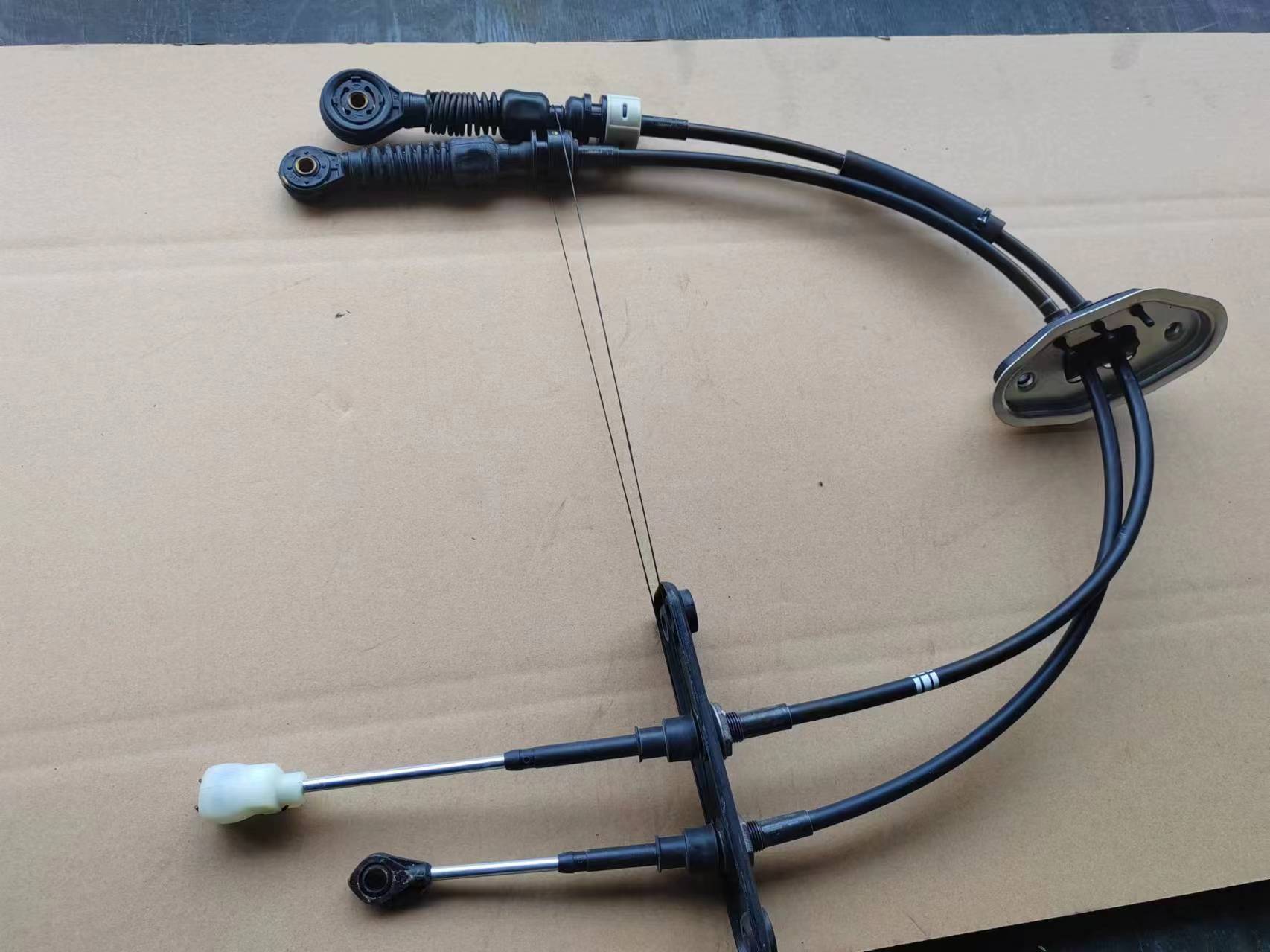Understanding the Function and Importance of Throttle Cable in Vehicles
Understanding Throttle Cables The Silent Drivers of Engine Performance
Throttle cables play a crucial role in the functioning of many automotive and machinery systems by controlling the amount of air and fuel that enters the engine. Often overlooked, this critical component can significantly affect a vehicle's performance, responsiveness, and overall efficiency.
A throttle cable is generally a flexible wire cable that connects the throttle pedal (or lever) to the throttle body in an internal combustion engine. When a driver presses the accelerator pedal, the throttle cable pulls the throttle plate open, allowing air to enter the engine. This action helps create the right air-fuel mixture needed for combustion. The throttle cable operates on the principle of mechanical movement, translating the driver's intent into engine response.
Throttle cables come in various types and materials, tailored to meet the specific requirements of different vehicles and engines. For instance, some throttle cables are made from steel wire with a plastic or rubber coating for protection against wear and corrosion. Others may utilize braided stainless steel for enhanced flexibility and durability, especially in high-performance applications. The choice of material not only affects the cable’s longevity but also its responsiveness and ease of installation.
One of the significant advantages of traditional throttle cables is their direct mechanical link between the accelerator pedal and the engine, offering instant feedback to the driver. However, with advances in automotive technology, many modern vehicles now employ electronic throttle control systems, often referred to as drive-by-wire. This system replaces the traditional throttle cable with electronic sensors and actuators. While this technology brings advantages such as improved fuel efficiency, reduced emissions, and enhanced driving comfort, it also raises concerns about potential electronic failures or delays in throttle response.
throttle cable

Regardless of whether a vehicle uses a traditional throttle cable or an electronic system, regular maintenance is essential to ensure smooth operation. Over time, throttle cables can stretch, fray, or become contaminated with dirt and grime, leading to sluggish performance or even failure. Symptoms of a failing throttle cable include sticking or erratic acceleration, difficulty maintaining speed, or a broken cable altogether. To prevent such issues, regular inspections and timely replacements are crucial.
Replacing a throttle cable is a relatively straightforward process for automotive enthusiasts and mechanics, albeit one that requires attention to detail. It typically involves removing the old cable and installing a new one, ensuring that it is properly adjusted and free from kinks or obstructions. When replacing a throttle cable, it is also an opportune moment to inspect related components, such as the throttle body and pedal assembly, for additional maintenance needs.
Furthermore, the importance of throttle cables extends beyond automobiles. Many types of machinery, including motorcycles, boats, and industrial equipment, rely on throttle cables for proper operation. For instance, in marine applications, the throttle control cable governs engine speed and responsiveness, ultimately determining the vessel’s performance on water. In such scenarios, the material and diameter of the throttle cable can influence not only performance but also safety.
In conclusion, while throttle cables may seem like mere components in the vast machinery of modern vehicles, their importance cannot be overstated. They embody the fundamental principle of translating driver inputs into mechanical action, driving the performance and efficiency of engines across various applications. Understanding the function and maintenance of throttle cables can result in better vehicle handling and longer-lasting performance, making it a worthy consideration for any vehicle owner. As technology continues to evolve, the fundamental need for reliable throttle control remains a paramount aspect of effective engine management.
-
Workings of Clutch Pipe and Hose SystemsNewsJun.04,2025
-
The Inner Workings of Hand Brake Cable SystemsNewsJun.04,2025
-
The Secrets of Throttle and Accelerator CablesNewsJun.04,2025
-
The Hidden Lifeline of Your Transmission Gear Shift CablesNewsJun.04,2025
-
Demystifying Gear Cables and Shift LinkagesNewsJun.04,2025
-
Decoding Clutch Line Systems A Comprehensive GuideNewsJun.04,2025
